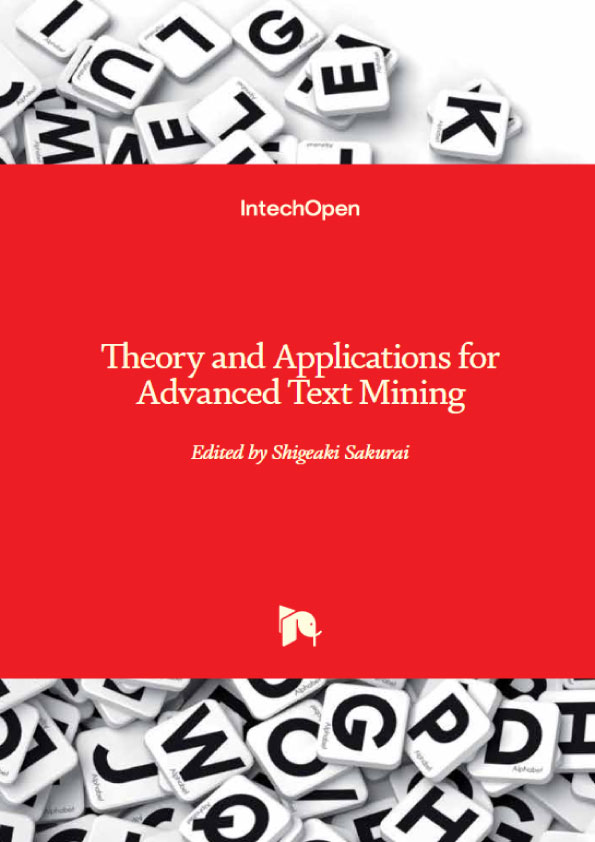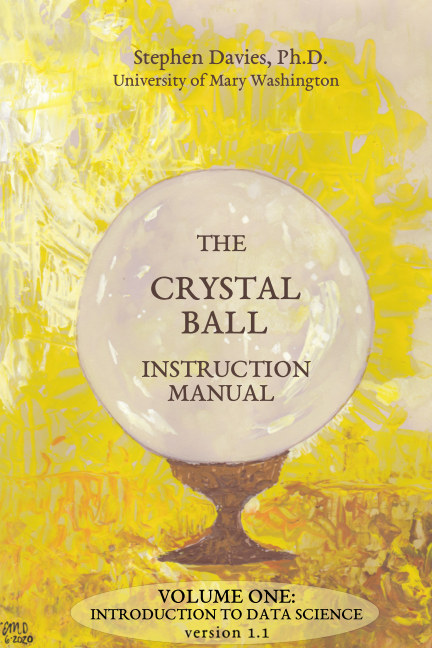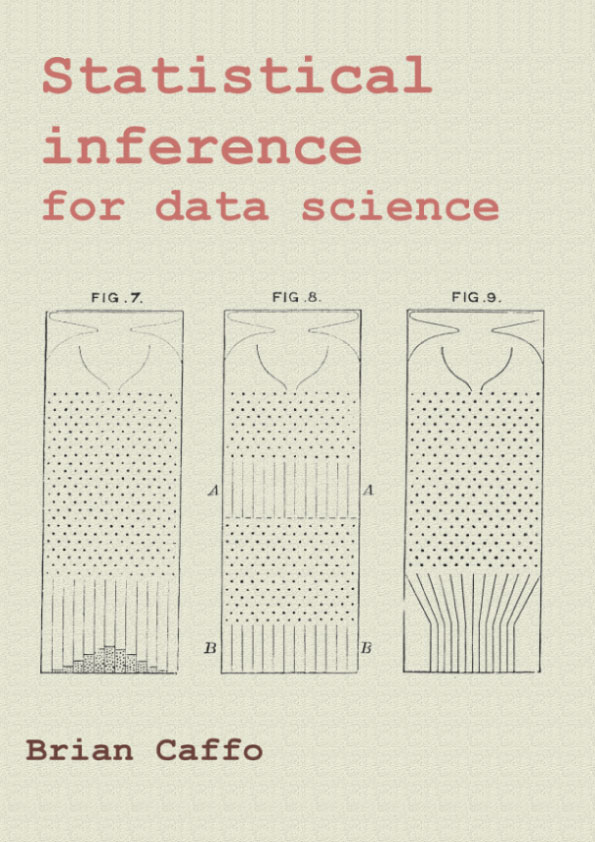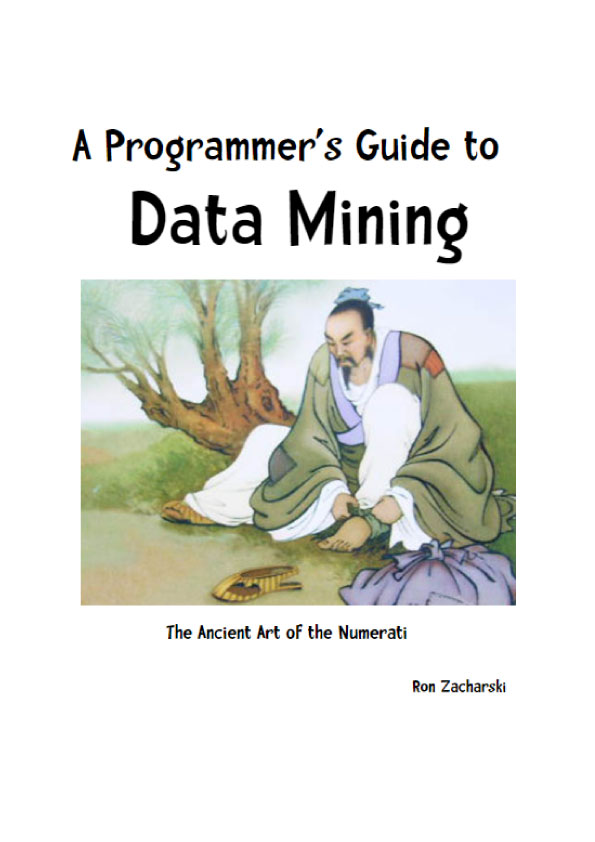Chapter 1 – Survey on Kernel-Based Relation Extraction
Introduction
Relation extraction refers to the method of efficient detection and identification of predefined semantic relationships within a set of entities in text documents (Zelenco, Aone, & Ri‐ chardella, 2003; Zhang, Zhou, and Aiti, 2008). The importance of this method was recognized first at the Message Understanding Conference (MUC, 2001) that had been held from 1987 to 1997 under the supervision of DARPA1. After that, the Automatic Content Ex‐ traction (ACE, 2009) Workshop facilitated numerous researches that from 1999 to 2008 had been promoted by NIST2 as a new project. Currently, the workshop is held every year being the greatest world forum for comparison and evaluation of new technology in the field of information extraction such as named entity recognition, relation extraction, event extraction, and temporal information extraction. This workshop is conducted as a sub-field of Text Analytics Conference (TAC, 2012) which is currently under the supervision of NIST.
According to ACE, an entity in the text is a representation for naming a real object. Exempla‐ ry entities include the names of persons, locations, facilities and organizations. A sentence including these entities can express the semantic relationships in between them. For example, in the sentence “President Clinton was in Washington today,” there is the “Located” relation between “Clinton” and “Washington”. In the sentence “Steve Balmer, CEO of Microsoft, said…” the relation of “Role (CEO, Microsoft)” can be extracted.
Many relation extraction techniques have been developed in the framework of various technological workshops mentioned above. Most relation extraction methods developed so far are based on supervised learning that requires learning collections. These methods are clas‐sified into feature-based methods, semi-supervised learning methods, bootstrapping meth‐ ods, and kernel-based methods (Bach & Badaskar, 2007; Choi, Jeong, Choi, and Myaeng, 2009). Feature-based methods rely on classification models for automatically specifying the category where a relevant feature vector belongs. At that, surrounding contextual features are used to identify semantic relations between the two entities in a specific sentence and represent them as a feature vector. The major drawback of the supervised learning-based methods, however, is that they require learning collections. Semi-supervised learning and bootstrapping methods, on the other hand, use a large corpora or web documents, based on reduced learning collections that are progressively expanded to overcome the above disad‐ vantage. Kernel-based methods (Collins & Duffy, 2001), in turn, devise kernel functions that are most appropriate for relation extraction and apply them for learning in the form of a ker‐ nel set optimized for syntactic analysis and part-of-speech tagging. The kernel function itself is used for measuring the similarity between two instances, which are the main objects of machine learning. General kernel-based models will be discussed in detail in Section 3.
As one representative approach of the feature-based methods, (Kambhatla, 2004) combines various types of lexical, syntactic, and semantic features required for relation extraction by using maximum entropy model. Although it is based on the same type of composite features as that proposed by Kambhatla (2004), Zhou, Su, Zhang, and Zhang (2005) make the use of support vector machines for relation extraction that allows flexible kernel combination. Zhao and Grishman (2005) have classified all features available by that point in time in or‐ der to create individual linear kernels, and attempted relation extraction by using composite kernels made of individual linear kernels. Most feature-based methods aim at applying fea‐ ture engineering algorithms for selecting optimal features for relation extraction, and application of syntactic structures was very limited.
Exemplary semi-supervised learning and bootstrapping methods are Snowball (Agichtein & Gravano, 2000) and DIPRE (Brin, 1999). They rely on a few learning collections for making the use of bootstrapping methods similar to the Yarowsky algorithm (Yarowsky, 1995) for gathering various syntactic patterns that denote relations between the two entities in a large web- based text corpus. Recent developments include KnowItAll (Etzioni, et al., 2005) and TextRunner (Yates, et al., 2007) methods for automatically collecting lexical patterns of target relations and entity pairs based on ample web resources. Although this approach does not re‐ quire large learning collections, its disadvantage is that many incorrect patterns are detected through expanding pattern collections, and that only one relation can be handled at a time.
Kernel-based relation extraction methods were first attempted by Zelenco, et al. (2003). Ze‐ lenco, et al., devised contiguous subtree kernels and sparse subtree kernels for recursively measuring similarity of two parse trees in order to apply them to binary relation extraction that demonstrated relatively high performance. After that, a variety of kernel functions for relation extraction have been suggested, e.g., dependency parse trees (Culotta and Sorensen, 2004), convolution parse tree kernels (Zhang, Zhang and Su, 2006), and composite kernels (Choi et al., 2009; Zhang, Zhang, Su and Zhou, 2006), which show even better performance.
In this chapter, case analysis was carried out for kernel-based relation extraction methods, which are considered to be the most successful approach so far. Of course, some previous survey papers based on the importance and effect of the methodology have been published (Bach and Badaskar, 2007; Moncecchi, Minel and Wonsever, 2010). However, they fail to fully analyze particular functional principles or characteristics of the kernel-based relation extraction models announced so far, and just cite the contents of individual articles or de‐ scribe limited analysis. Although the performance of most kernel-based relation extraction methods has been demonstrated on the basis of ACE evaluation collections, comparison and analysis of the overall performance has not been made so far.
This chapter, unlike existing case studies, makes a close analysis of operation principles and individual characteristics of five kernel-based relation extraction methods starting from Ze‐ lenco, et al. (2003) which is the source of kernel-based relation extraction studies, to the composite kernel, which is considered the most advanced kernel-based relation method (Choi, et al., 2009; Zhang, Zhang, Su, et al., 2006). The focus will be laid on the ACE collection to com‐ pare the overall performance of each method. We hope this study will contribute to further research of kernel-based relation extraction of even higher performance and to high-level general kernel studies for linguistic processing and text mining.
Section 2 outlines supervised learning-based relation extraction methods and in section 3 we discuss kernel-based machine learning. Section 4 closely analyzes five exemplary kernel- based relation extraction methods. As mentioned above, Section 5 also compares the per‐ formance of these methods to analyze advantages and disadvantages of each method. Section 6 draws a conclusion.







